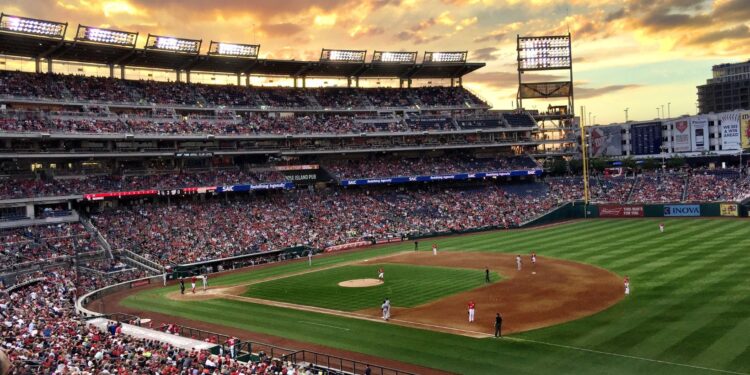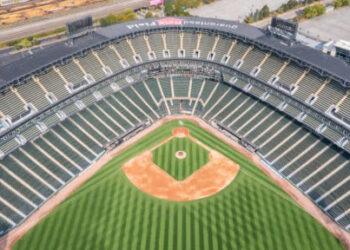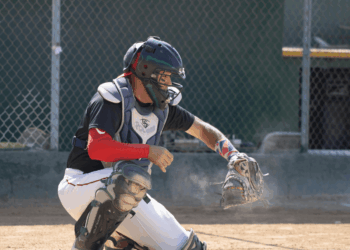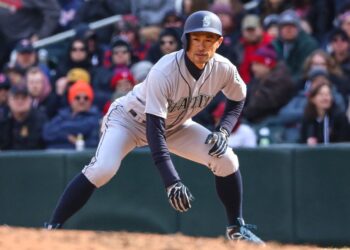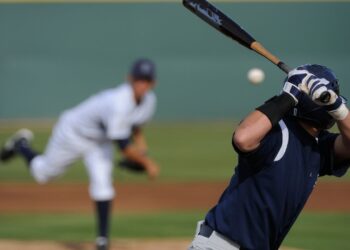A baseball backstop is primarily a protective barrier situated behind home plate, intended to stop batted or thrown balls from entering the spectator area or going beyond the confines of the field. These backstops are typically constructed from robust materials such as heavy-duty nylon netting and are available in various dimensions, including portable versions suitable for practice sessions. Their primary function is to enhance player safety and maintain the flow of the game.
Effects of Baseball Backstop Sizes
1. Safety
A larger baseball backstop offers increased protection for both spectators and players, significantly lowering the chances of injuries caused by stray pitches or foul balls. The design and size of the backstop are essential in ensuring that it effectively shields the audience while allowing the game to proceed smoothly.
2. Game Flow
An appropriately sized baseball backstop can help reduce interruptions during gameplay.
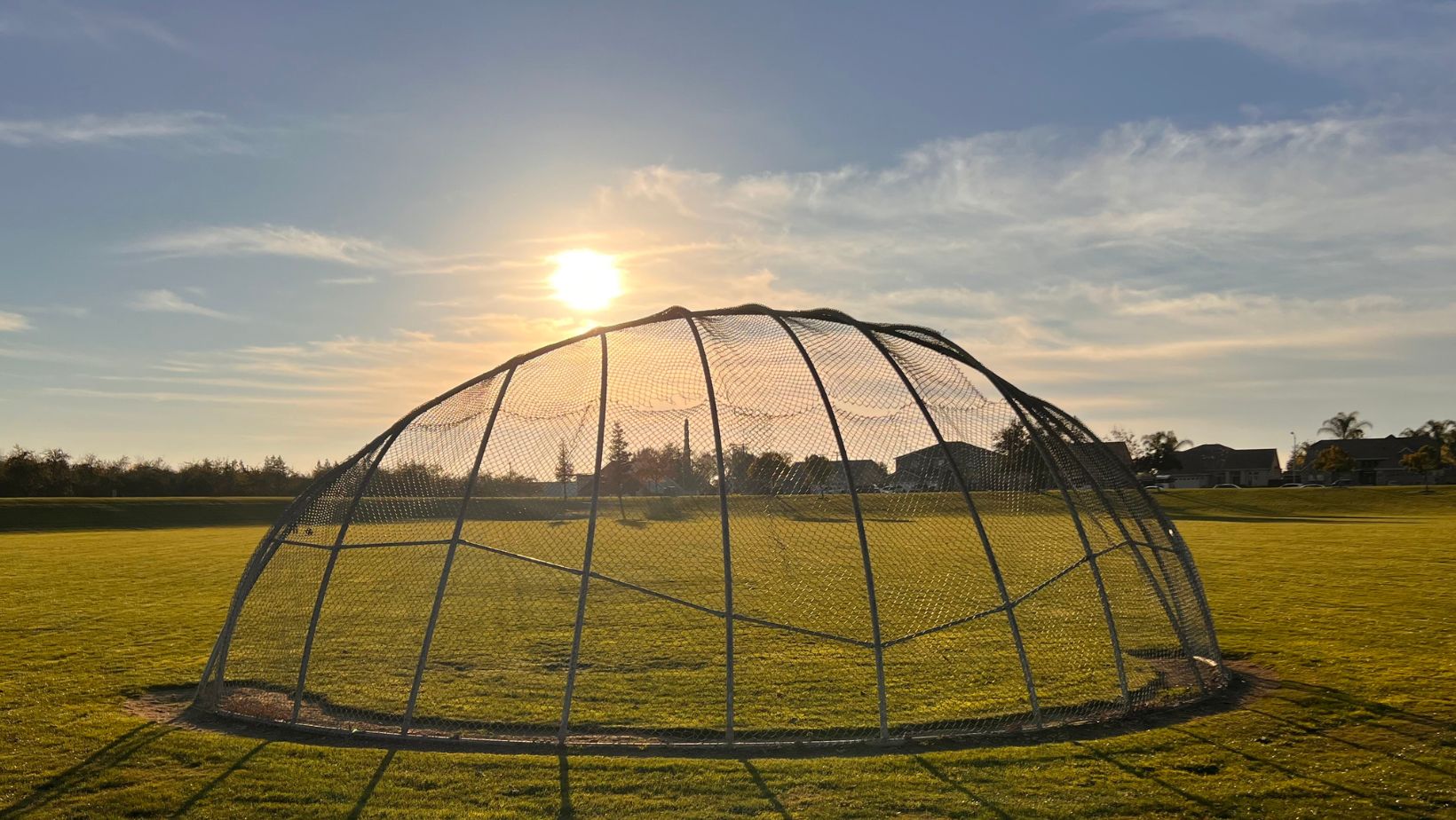
If the backstop is either too short or poorly designed, there is a risk that the ball may rebound onto the field, resulting in potential delays and disruptions in the match.
3. Pitching and Catching Dynamics
An elevated baseball backstop can enhance the ability of both catchers and pitchers to track pitches more effectively, enabling them to assess pitches accurately and decreasing the likelihood of wild pitches that might otherwise go unnoticed.
4. Field Maintenance
Expanding the dimensions of the baseball backstop can assist in containing foul balls, thereby facilitating the upkeep of the playing field and lessening the frequency of disruptions caused by the need to recover stray balls.
5. Visual Distractions
The dimensions and composition of the backstop play a significant role in the visibility experienced by players and fans alike. A well-designed, larger baseball nets or wall can significantly reduce distractions from elements situated behind home plate.
Materials used to keep in Mind as Per Need
1. Heavy-Duty Nylon Netting
Advantages include durability, lightweight construction, and resilience against various weather conditions. This material ensures excellent visibility while efficiently preventing stray balls from passing through.
2. Polyester Mesh
It boasts significant strength and is less prone to stretching compared to nylon, in addition to being resistant to UV rays. However, it tends to be slightly heavier and may come at a higher price point than nylon alternatives.
3. Vinyl Coated Wire
This option offers robust support for netting and is resistant to rust and corrosion, making it suitable for adverse weather conditions. On the downside, it is more rigid and may not absorb the impact of a baseball as effectively as softer materials.
4. Steel Frames
The advantages of a steel frame for permanent installations include its strong support and increased longevity, making it capable of enduring various weather conditions with ease.
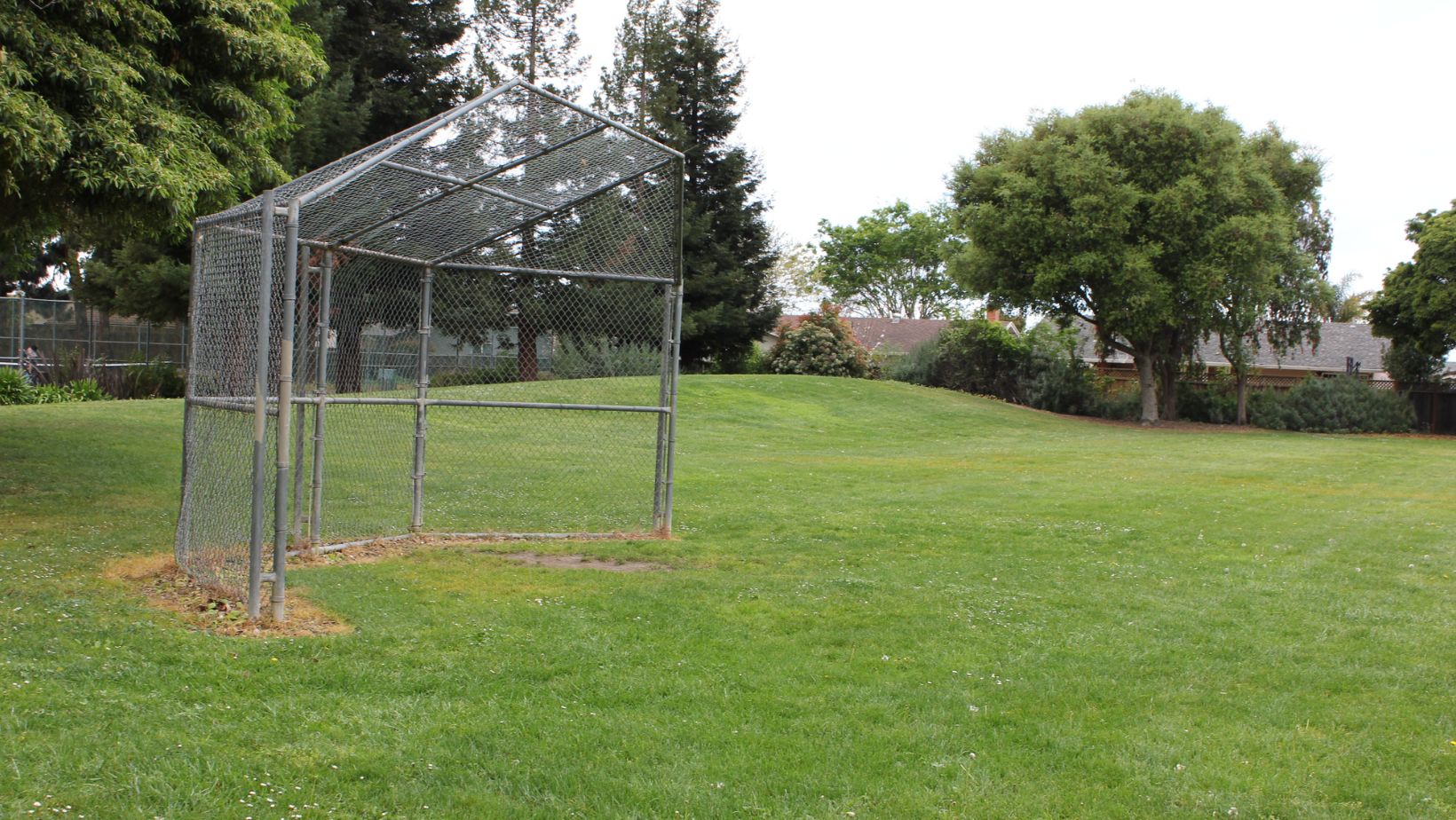
On the downside, steel frames tend to be heavier and costlier, and they may necessitate ongoing maintenance to avoid rust.
5. Aluminum Frames
In contrast, lightweight materials are resistant to corrosion, making them suitable for portable backstops; however, they may lack the strength of steel and could bend when subjected to substantial force.
Design Variations
Permanent Structures:
Fixed Steel or Aluminum Frames: Commonly utilized in stadiums, these backstops are constructed to be durable and capable of enduring various weather conditions and impacts.
Netting with Support Poles: Sturdy netting is secured to a framework of poles, offering a degree of flexibility while ensuring effective protection.
Portable Backstops:
Freestanding backstops are designed for quick assembly and disassembly, making them suitable for practice sessions or temporary venues. Typically constructed from lightweight materials, they often boast a space-efficient design.
Collapsible netting offers the advantage of being foldable, facilitating convenient transport and storage, which is particularly beneficial for traveling teams or individual athletes.
Partial Backstops:
Short or half-height models offer limited protection and are typically utilized in youth leagues or practice areas where comprehensive coverage is not required.
Customizable Backstops:
Certain baseball backstops feature adjustable height and width options, allowing them to be tailored to specific field measurements or to cater to various age groups.

